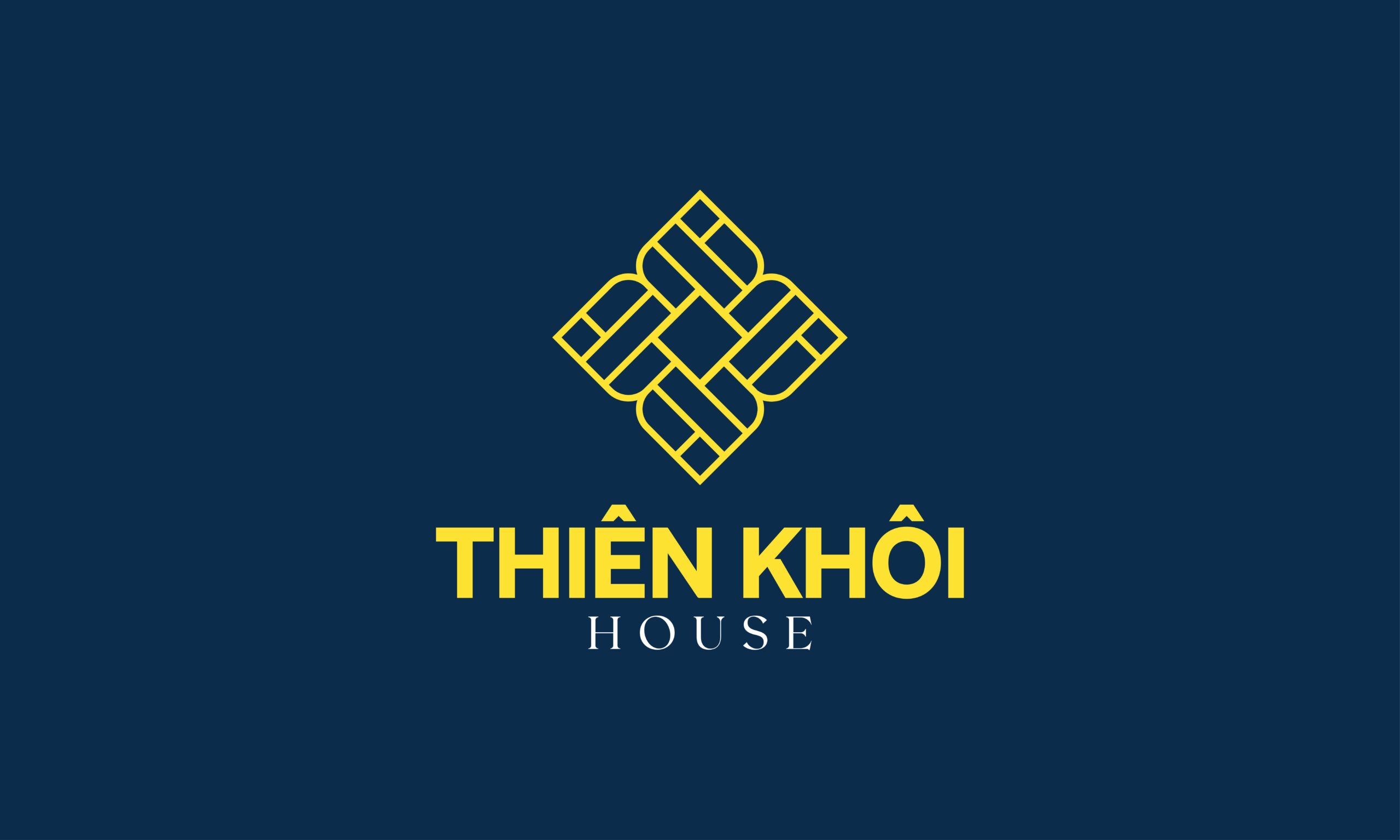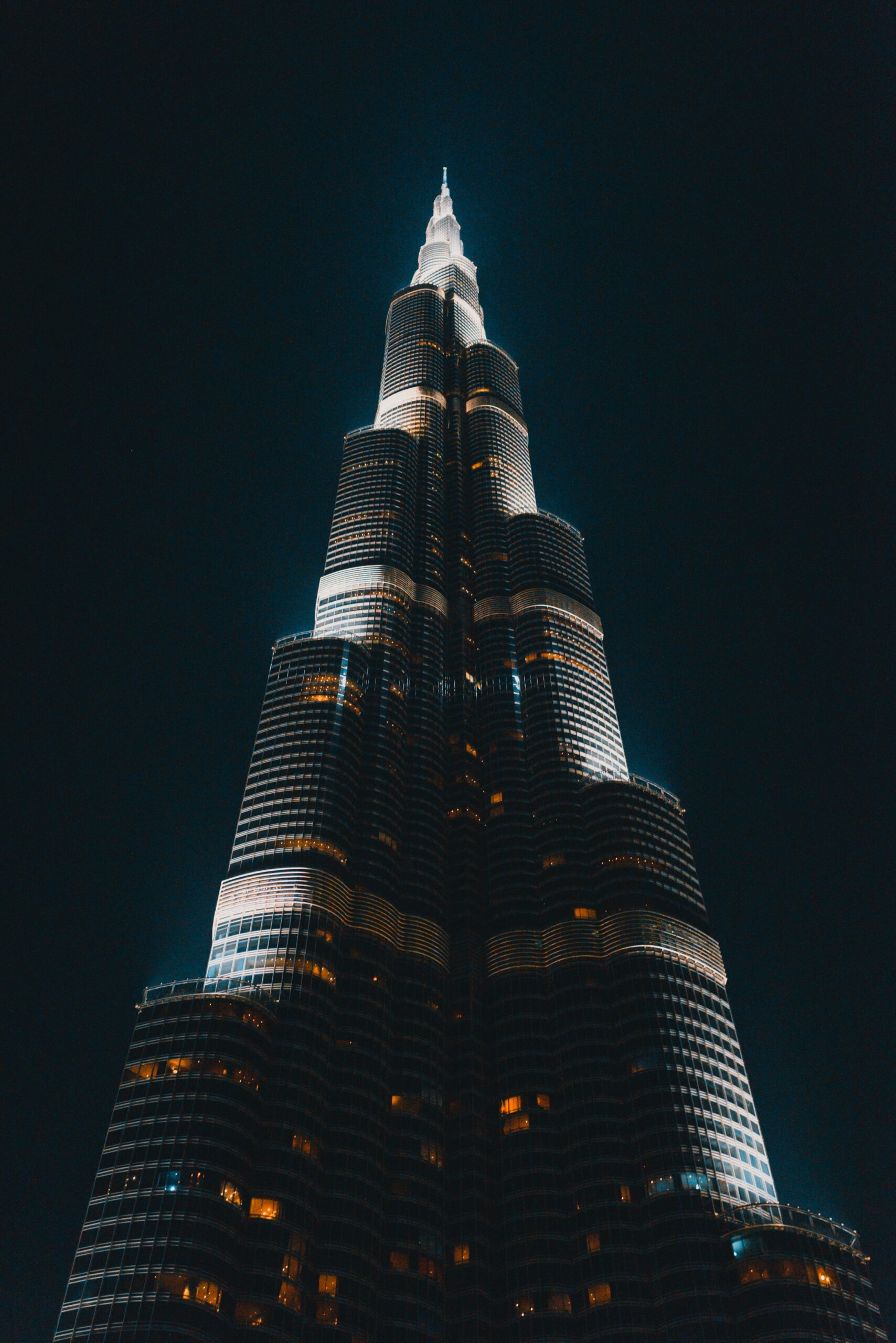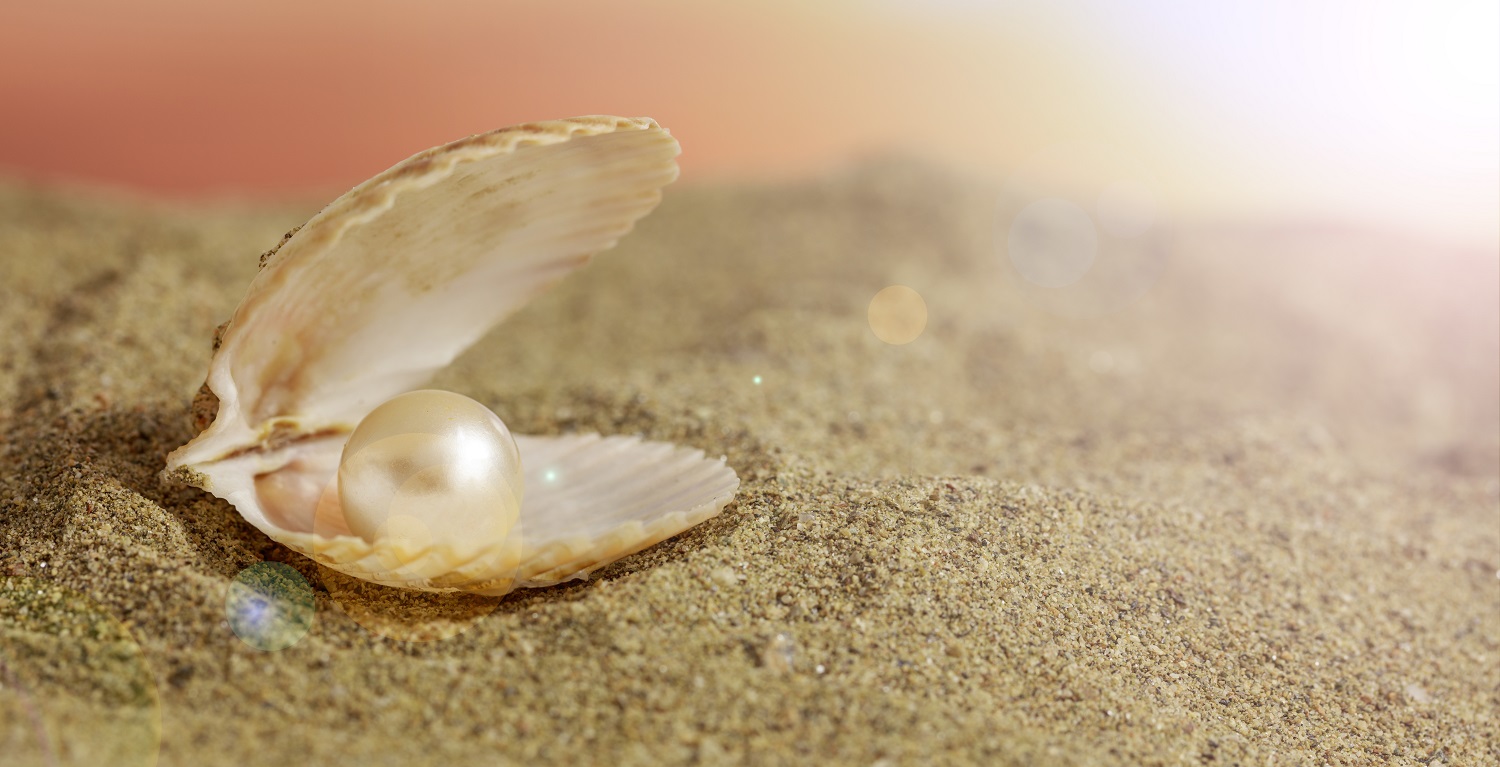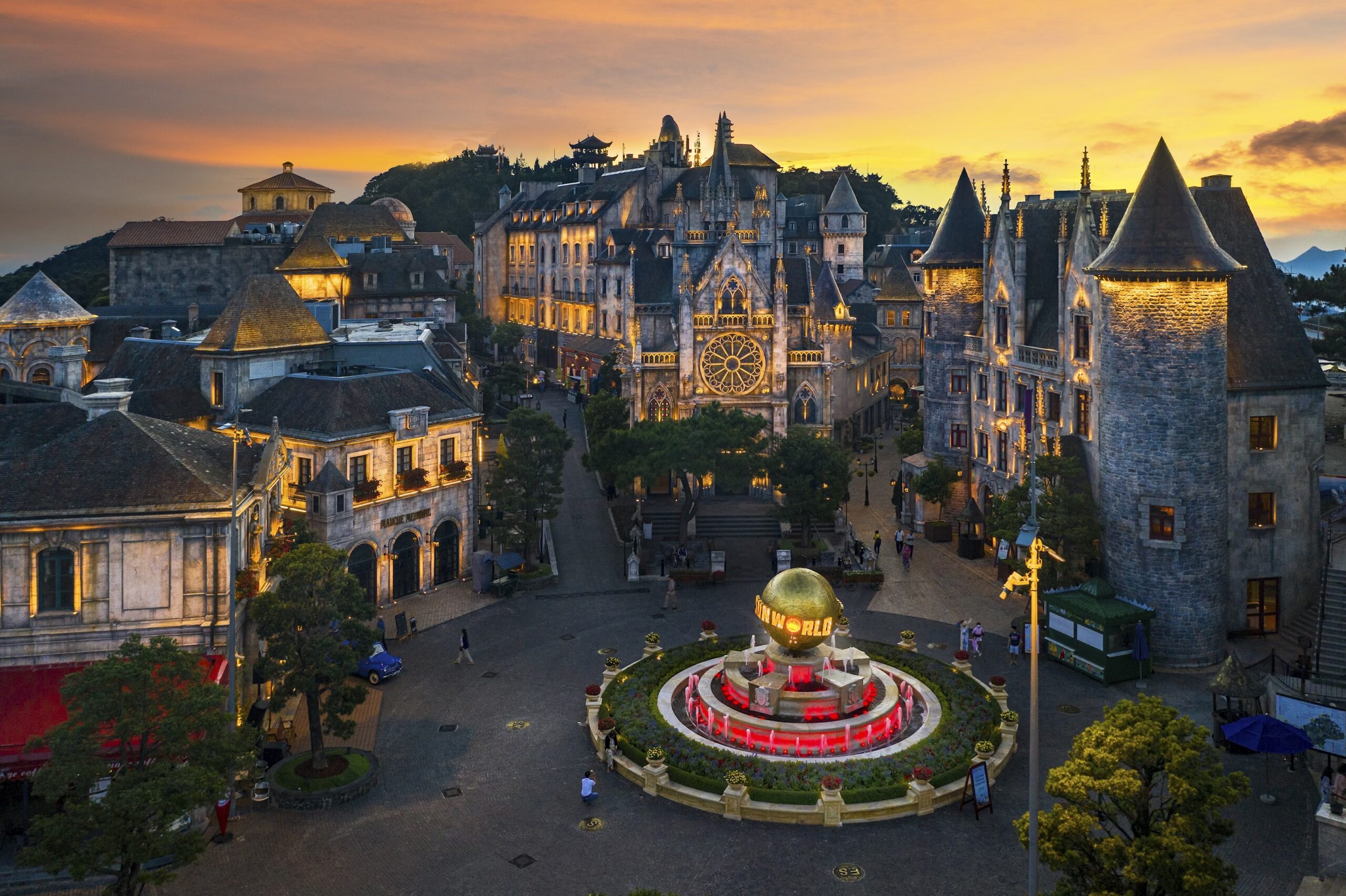Hanoi, the capital of Vietnam definitely deserves a top spot on your list of must-visit destinations when planning your Vietnam Trip. This vibrant city is considered the heart and soul of Vietnam and was founded more than a millennium ago and boasts a rich history. The Old Quarter, with its 14th-century streets, is a testament to its past.
Strolling through the area’s tree-lined lanes and colonial facades will take you back in time. At the same time, the modern cafes, world-class restaurants, and art galleries are giving the ancient city a new modern life. When the sun sets, Hanoi’s watering holes offer a variety of options, from sophisticated rooftop bars to bustling “bia hoi” spots.
Ho Chi Minh Mausoleum Complex
🧭 Overview
The Ho Chi Minh Mausoleum Complex is one of Vietnam’s most important historical and cultural landmarks. Located in Ba Dinh Square, it is the final resting place of President Ho Chi Minh, the revolutionary leader who led Vietnam to independence.
This complex is not only a place of remembrance but also a symbol of Vietnamese patriotism and national unity.
🌲 What to expect
Ho Chi Minh’s Mausoleum
- A solemn granite structure where visitors can view Ho Chi Minh’s embalmed body.
- Silent, respectful atmosphere with a strict dress code (no shorts or sleeveless shirts). Guards maintain discipline and honor at all times.
Ho Chi Minh’s Stilt House
- A simple wooden house where Uncle Ho lived from 1958 to 1969.
- Surrounded by a peaceful garden, showing his humble lifestyle.
Presidential Palace
- French colonial architecture built in 1906.
- Visitors cannot enter the building but can view it from the outside.
Ho Chi Minh Museum
- Exhibits the life, work, and legacy of Ho Chi Minh through documents, photos, and artifacts.
- Creative and symbolic displays, ideal for history enthusiasts.
One Pillar Pagoda
🧭 Overview
The One Pillar Pagoda (Chùa Một Cột) is one of the most unique and iconic temples in Vietnam. Originally built in 1049 during the Ly Dynasty, it is designed to resemble a lotus flower rising from the water — a sacred symbol in Buddhism.
It stands on a single stone pillar in a small pond, representing purity and enlightenment. Despite its small size, this pagoda holds immense cultural, historical, and spiritual value for the Vietnamese people.
🌲 What to expect
Lotus-Inspired Design: Built to honor the Buddhist Goddess of Mercy, the pagoda symbolizes rebirth and peace.
Historic Significance: Commissioned by Emperor Ly Thai Tong after he dreamed of the goddess handing him a son while seated on a lotus.
Original vs. Reconstruction: The pagoda was destroyed in 1954 by French colonial forces and was later rebuilt in its original style.
Peaceful Setting: Nestled within a tranquil garden with a quiet courtyard, ideal for a short meditative stop.
Temple of Literature – Vietnam’s First University
🧭 Overview
The Temple of Literature (Văn Miếu – Quốc Tử Giám) is one of the most revered landmarks in Hanoi and a symbol of Vietnamese culture, education, and Confucian values. Built in 1070, it served as Vietnam’s first national university, where scholars studied Confucian texts and trained for civil service exams. Today, it’s a peaceful, well-preserved historical site that reflects traditional Vietnamese architecture and deep respect for learning.
🌲 What to expect
Five Courtyards: Each represents a different purpose — from welcoming visitors to honoring scholars.
Khue Van Pavilion: Iconic red-and-white structure, symbolizing Hanoi’s scholarly spirit.
Stelae of Doctors: 82 stone turtles with stelae (engraved tablets) honoring top graduates from imperial exams between 1442–1779.
Confucius Shrine: The main altar area where offerings are made to Confucius and his disciples.
Tranquil Gardens & Lotus Ponds: Create a peaceful atmosphere ideal for reflection and photos.
Hoan Kiem Lake & Ngoc Son Temple
🧭 Overview
Hoan Kiem Lake (Lake of the Returned Sword) is the scenic and spiritual centerpiece of Hanoi’s Old Quarter. Surrounded by leafy boulevards, historic buildings, and local life, the lake is a tranquil escape in the bustling city.
On a small island in the lake sits the Ngoc Son Temple (Temple of the Jade Mountain), connected by the charming red-painted The Huc Bridge. This iconic setting is not only photogenic but steeped in legend and history.
Legend of the Lake
The name “Hoan Kiem” comes from a 15th-century legend. Emperor Le Loi was given a magical sword by the Golden Turtle God to defeat Chinese invaders. After his victory, a golden turtle surfaced in the lake and returned the sword to the divine realm—hence the name Lake of the Returned Sword.
🌲 What to expect
Ngoc Son Temple: Built in the 18th century, dedicated to General Tran Hung Dao, a national hero, and other cultural icons.
The Huc Bridge: A bright red, gracefully curved bridge that leads to the temple — one of Hanoi’s most photographed spots.
Turtle Tower (Tháp Rùa): A small stone tower on an islet in the center of the lake, a symbol of Hanoi.
Peaceful Strolls: Locals and tourists alike enjoy early morning walks, tai chi sessions, or romantic evening strolls around the lake.
Old Quarter
🧭 Overview
The Old Quarter is the vibrant, beating heart of Hanoi — a maze of narrow streets, ancient architecture, and centuries-old traditions. With roots dating back over 1,000 years, this area captures the soul of the city, blending the old world charm with modern-day hustle and bustle.
Famous for its “36 streets”, each originally named after the craft or trade practiced there (like Silver Street, Paper Street, and Silk Street), the Old Quarter is the perfect place to explore Vietnam’s rich culture and daily life.
🌲 What to expect
Shop Local: Browse silk products, handicrafts, antiques, and souvenirs from family-run shops and markets.
Try Egg Coffee: Stop by a hidden café for a cup of Hanoi’s famous creamy egg coffee.
Street Food Adventure: Taste authentic Vietnamese dishes like pho, bun cha, grilled meats, and spring rolls.
Night Market (weekends only): Enjoy the buzzing atmosphere of the night market on Hang Dao Street with food stalls, fashion, and live performances.
Cyclo Ride: Take a fun cyclo (three-wheeled bicycle taxi) tour through the narrow, busy streets.
Visit Heritage Sites: Discover ancient temples, old merchant houses, and colonial-era architecture.
Water Puppet Show
🧭 Overview
The Water Puppet Show is a must-see cultural performance in Hanoi, offering a fun and fascinating glimpse into Vietnamese folklore, rural life, and legends — all told through puppets dancing on water!
This traditional art form dates back to the 11th century, originating from the rice fields of Northern Vietnam, where villagers would perform puppet shows over flooded fields during festivals.
At the Thang Long Water Puppet Theatre, visitors can enjoy this ancient tradition in a comfortable setting with professional musicians, live singing, and elaborate puppetry.
🌲 What to expect
Live Traditional Music: Accompanied by authentic Vietnamese instruments like drums, gongs, and bamboo flutes.
Colorful Puppets: Handmade wooden puppets perform on a waist-deep pool of water, manipulated with hidden rods and poles.
Folktales & Myths: Stories include heroic legends, rural scenes, and mythical creatures like dragons and phoenixes.
Language: While performed in Vietnamese, the visual storytelling and music transcend language barriers — it’s enjoyable for all!
Vietnam Museum of Ethnology & Hoa Lo Prison
🧭 Overview
The Vietnam Museum of Ethnology offers a fascinating look into the lives, traditions, and artifacts of Vietnam’s 54 ethnic groups. From traditional clothing and tools to full-scale reconstructed stilt houses and ritual objects, the museum provides an educational and immersive experience for travelers.
It consists of an indoor museum, an open-air exhibition area, and a Southeast Asia building, each showcasing different aspects of culture, architecture, and heritage.
Nicknamed the “Hanoi Hilton” by American POWs during the Vietnam War, Hoa Lo Prison is a solemn yet compelling museum that tells the story of Vietnam’s colonial struggle and wartime endurance.
Originally built by the French to detain Vietnamese revolutionaries, the prison later held American pilots, including Senator John McCain. Exhibits include cells, shackles, photos, and stories of resilience under oppression.
🌲 What to expect
- Life-size ethnic homes you can explore
- Traditional musical instruments and textiles
- Seasonal folk art shows and puppet performances
- A peaceful garden and café for breaks
- Recreated prison cells and interrogation rooms
- Powerful exhibits on Vietnamese political prisoners
- Artifacts and uniforms from the American War era
- Historical insights into colonial and wartime Vietnam

































































